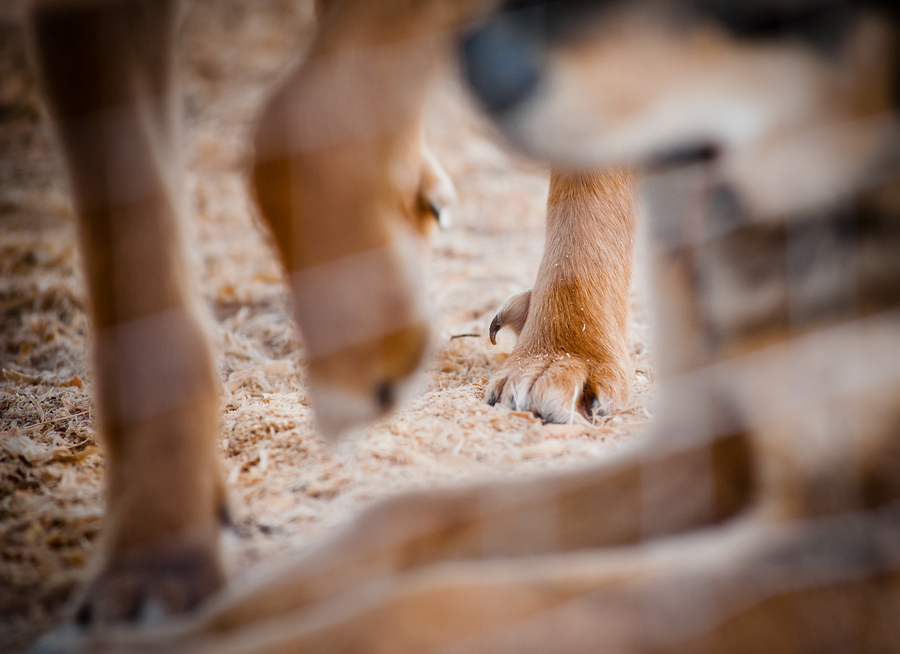While some breeders remove them from puppies, for most dogs, dewclaws — those thumb-like “toes” on the sides of your dog’s front legs — actually do serve a purpose. This is what I told a reader who asked about them.
Q: Why do dogs have dewclaws? I’m talking to a breeder about a puppy, and she says the dewclaws will be removed. Is it better to remove them or keep them?
A: Dewclaws are small thumb-like appendages that, if a dog has them, are found high on the inside of each paw (on the carpal, or wrist, of the front leg). Certain breeds are distinctive for having double dewclaws on each hind leg. They include the Beauceron, briard, great Pyrenees and Icelandic sheepdog.
The dewclaws are often referred to as vestigial appendages, meaning they no longer serve a purpose, but many dog owners would beg to differ on that subject. Dogs haven’t taken to texting yet (give them time), but they use their dewclaws to grasp and manipulate items such as bones and toys, grip ice or other surfaces to pull themselves out of water, and gently scratch an itchy eye. Dogs doing agility may grasp the sides of the teeter with their dewclaws to steady themselves. And canine speedsters such as whippets and border collies use their dewclaws to corner like race cars.
Now some breeders remove the dewclaws because they don’t see any use for them, and because it can be a painful, bloody mess if your dog tears his dewclaw. Dewclaws that stick out, instead of being tight to the paw, can get caught in carpeting or brush or when dogs go after prey such as lizards in rock piles. Usually the dewclaws are removed when puppies are only a few days old. While painful, it’s not an especially traumatic event, as it would be later in life.
For dogs that do the dew, it’s important to trim the claws regularly to help prevent tearing and the possibility of the dewclaw growing into the footpad.
Read more, including all about therapy cats, in this week’s Pet Connection!


